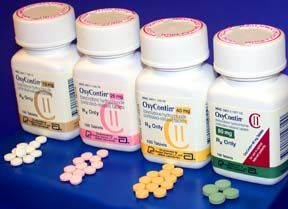
Opioids are typically prescribed for pain. The anti-depressive, anxiolytic and antipsychotic effects of opiate derivatives are believed to be why they can be so addictive. Addiction, as opposed to dependence, refers to the changes in the brain once opioids are used for an extended period of time. Studies show that the circuitry of the brain actually changes in response to the use of opioids. Our brains are trained to recognize life-sustaining activities, ensuring that we will perform them again. It associates these activities with pleasure or reward. This reward system can “hard-wire” such memories in the permanent wiring of the brain’s function. Over time, the brain teaches itself that this opioid use is necessary for survival, such as eating and breathing. The effect of this reward memory is that the person will continue to repeat this action of use or abuse, although it is evidently harmful. Simultaneously, the brain attempts to adapt to the extreme stimulation of this pleasure pathway. The brain tries to reduce the highs and lows that can happen during the cycles of opioid use and withdrawal. As a result of this problem, the user may experience lessened pleasure and joy from regular life activities. After a period of time, even opioid use will not spark this reward memory. A user will get to a point where the opioid is only used to function, not to experience a high. The portion of the brain involved in judgment and decision-making is also negatively affected. The impairment of this function is so impaired that an addict may not even recognize their addiction, justify their Opioid abuse to family and friends, or minimize the consequences of their dependence. The addict may also find themselves lying, stealing and committing crimes in order to obtain their opioid. These changes in the body and brain can result in cravings and memory recall for months, even years after Opioid withdrawal and termination of use.
Opioid withdrawal can be dangerous and painful. Symptoms include: cramps, muscle and bone pain, chills, sweating, restless leg syndrome, flu-like symptoms, sneezing, vomiting, diarrhea, anxiety, dizziness, restlessness, nausea and depression. It is recommended to detox under the care of a licensed physician or treatment facility.
